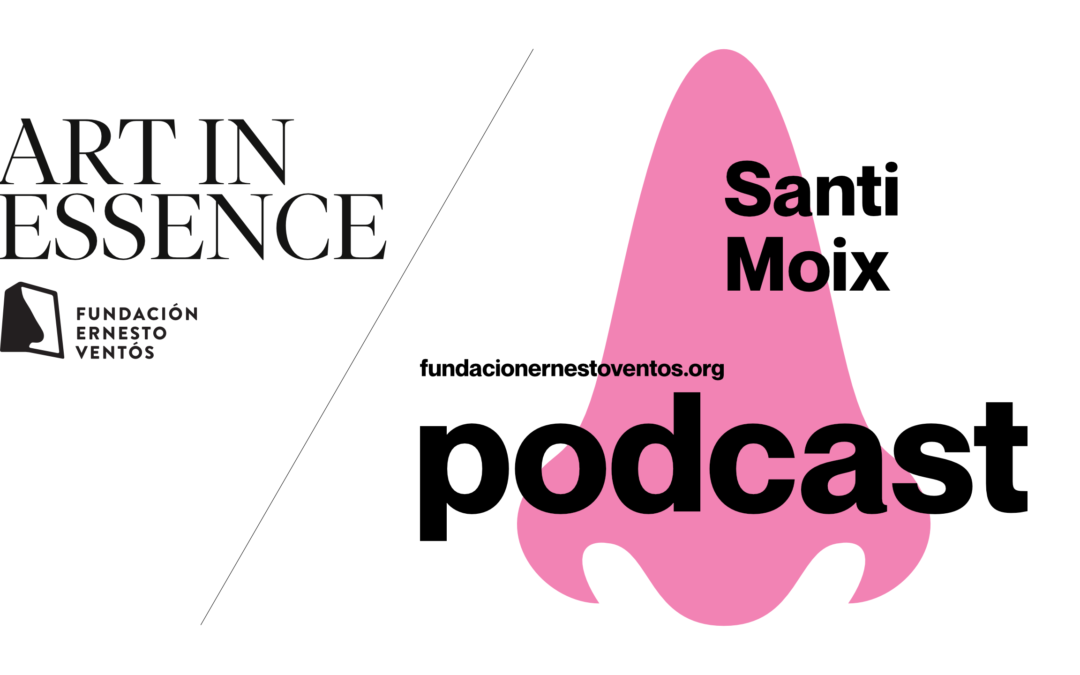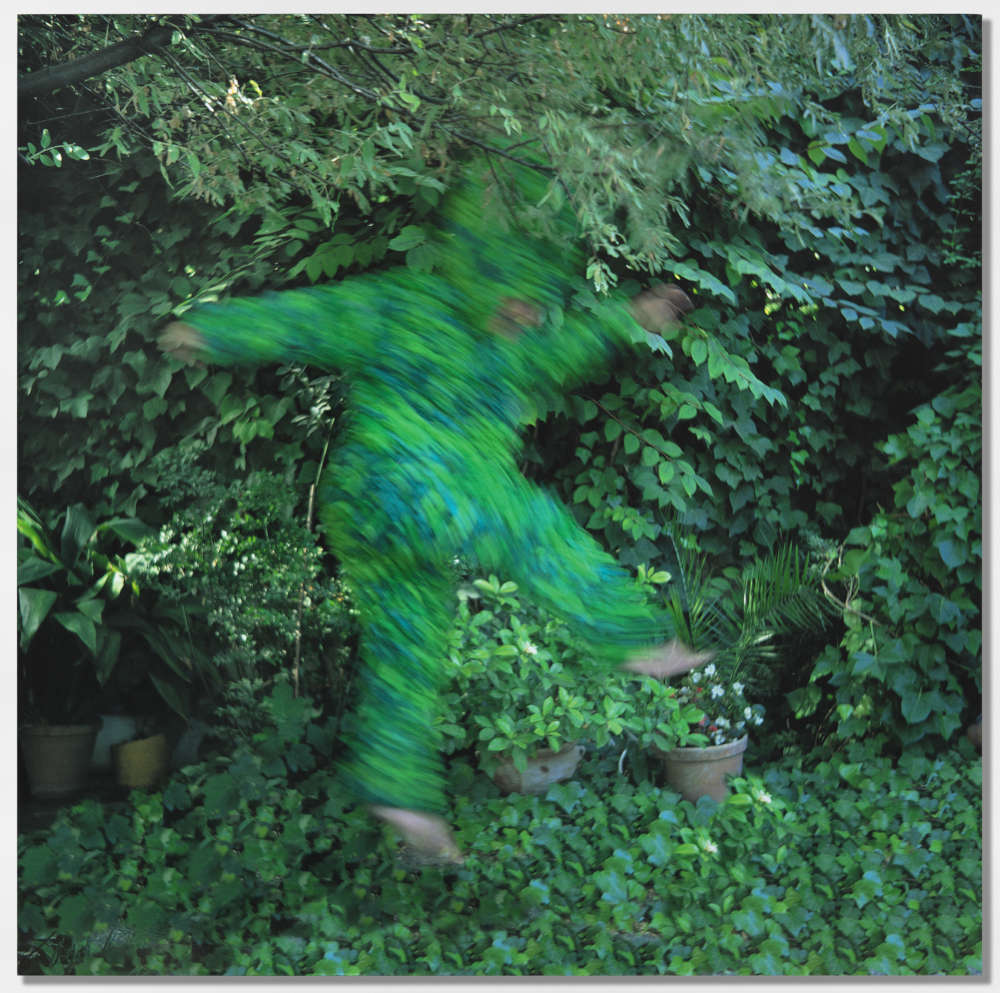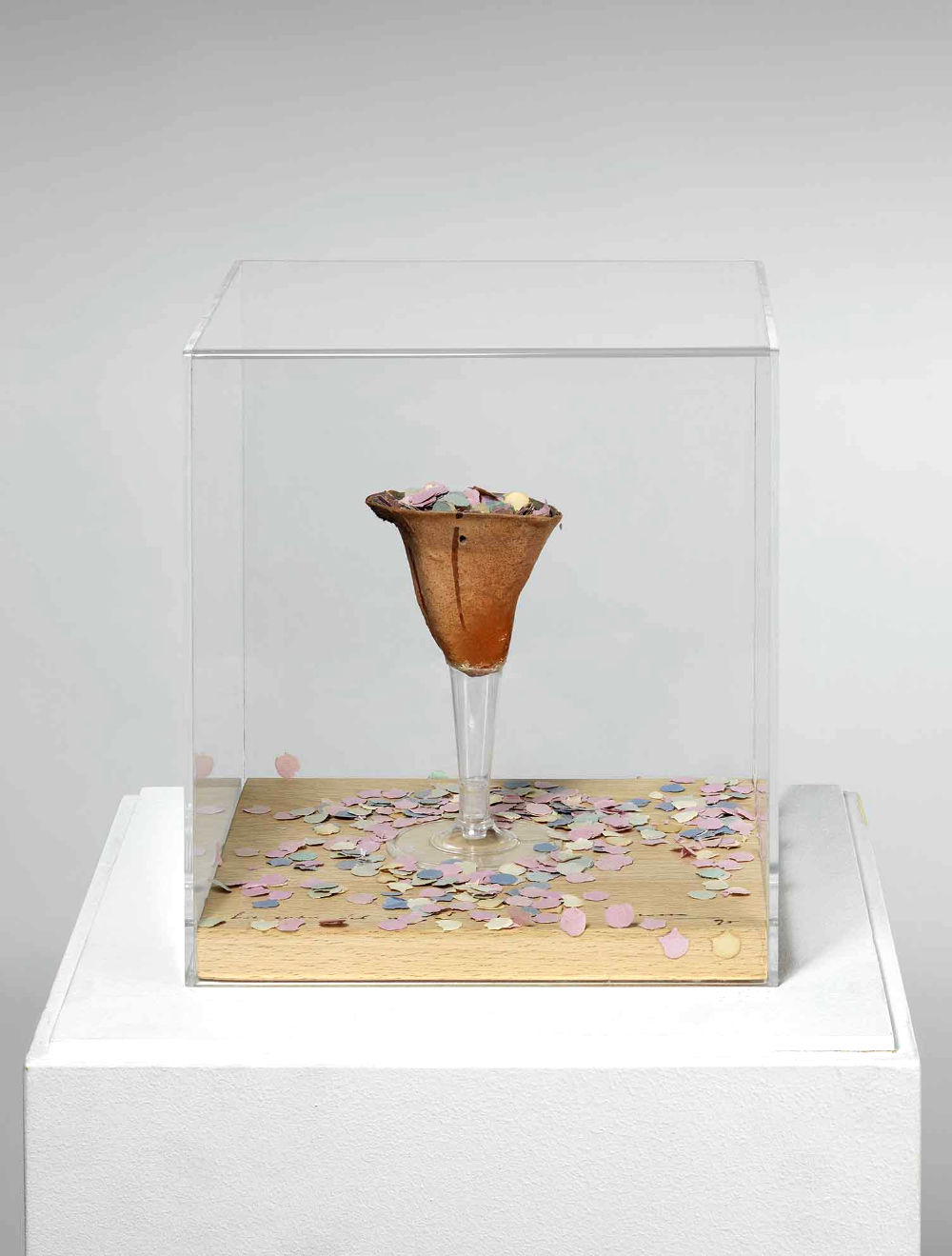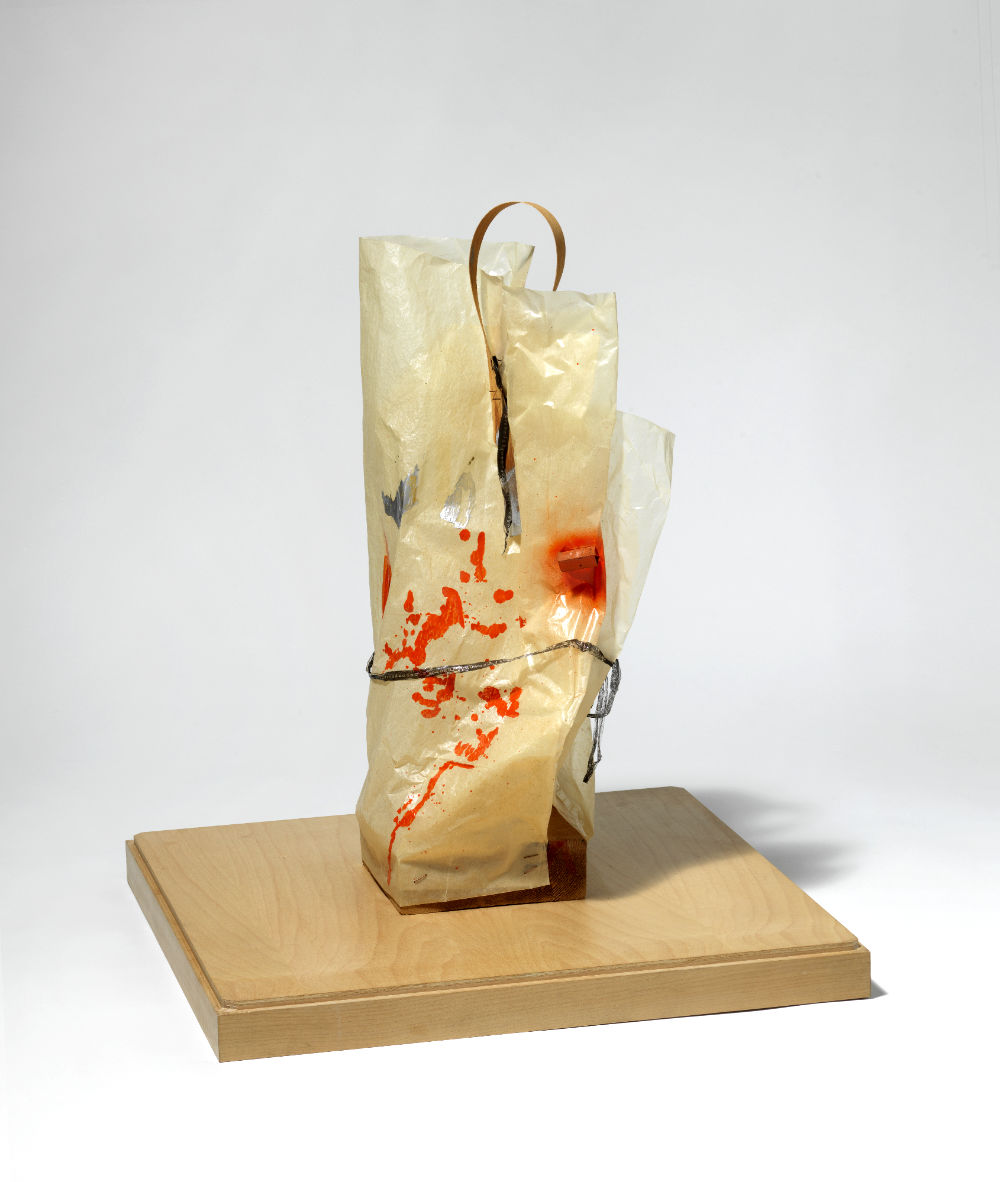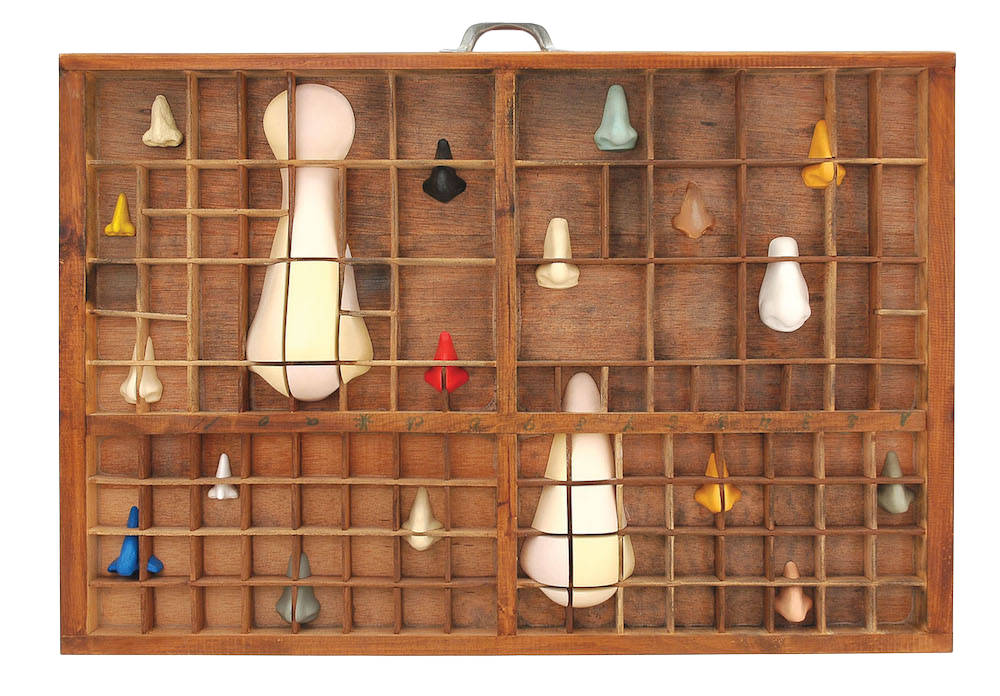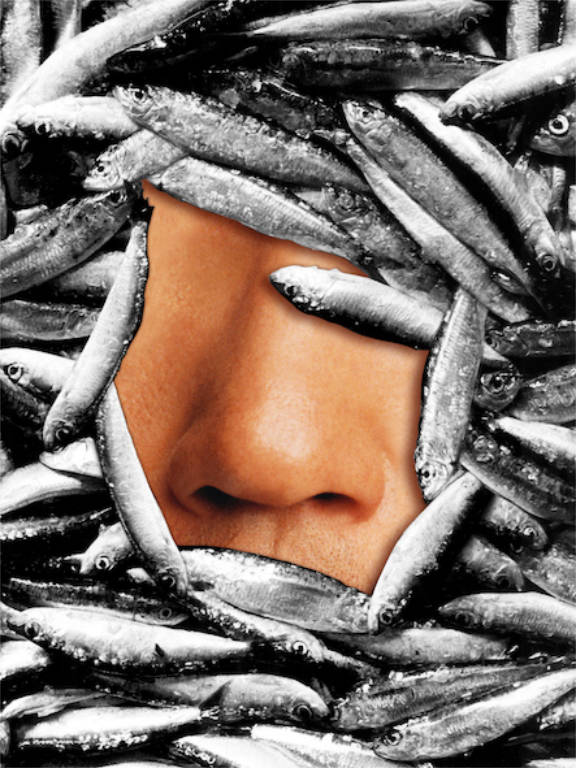From the Foundation, we’d like to introduce “Art in Essence” the podcast of the Fundación Ernesto Ventós. A program where we present a series of brief encounters with the different artists that make up the olorVISUAL collection.
Guided by Carmen Corbera, a close friend of the Foundation, creator and host of the podcast “El Mundo del Arte” a podcast that brings the world of art to all audiences by discussing various facets of the art industry through conversations with sector experts. Now also the presenter and director of the program “Art in Essence.”
In this program, Carmen will have the opportunity to provide context alongside each artist for the different works that compose our main collection (olorVISUAL), recalling the figure of our founder, Ernesto Ventós, his relationship with these artists, and his unique way of conversing with the works: always seeking the connection between the work and its olfactory note that it emanates, always in the form of olfactory memories.
In this third program, Carmen will converse with Santi Moix, an artist present in the olorVISUAL collection with the work “Silenci Humit” (“Humid Silence”), accompanied by a descriptive text he wrote:
“To paint the aroma of sacrifices, perfumes of testimonies to offer to the altar of holocausts. Aroma to expiate the deficiencies of sophisticated and presumptuous perfume, perfumes that accumulate commitments.
I believe that in the aroma the witness is impregnated, fossilized landscapes with all living beings, the smell of burnt and ash-converted cattle along with incense. All scattered over linen stained with blood. The painting, why not? Altar of perfumes. Only pure aromas, the smell of constant contact with the earth, nature that intoxicates my instincts, forming me slowly and organizing my own memory.
I acknowledge feeling far from the Aromas that camouflage the sacrifices.”
Santi Moix
We hope you enjoy this new episode, and we offer a brief introduction of the person who accompanies us in this first program:
Santi Moix, born in Barcelona in 1960, stands out for his artistic approach that embraces accumulation and fragmentation.
His work is characterized by its ability to communicate sensuality and to poetically capture forms in a flat and horizontal space, all filled with vitality. Breaking with visual continuity by creating deviations that advance, retreat, and culminate in schematically beautiful biomorphic structures. His paintings and sculptures act as elements in constant motion, like mazes that expand towards infinity, prompting reflection on a changing world carried by opulence and fleeting swiftness. This environment introduces us to a different time, free, passionate, and overflowing.
